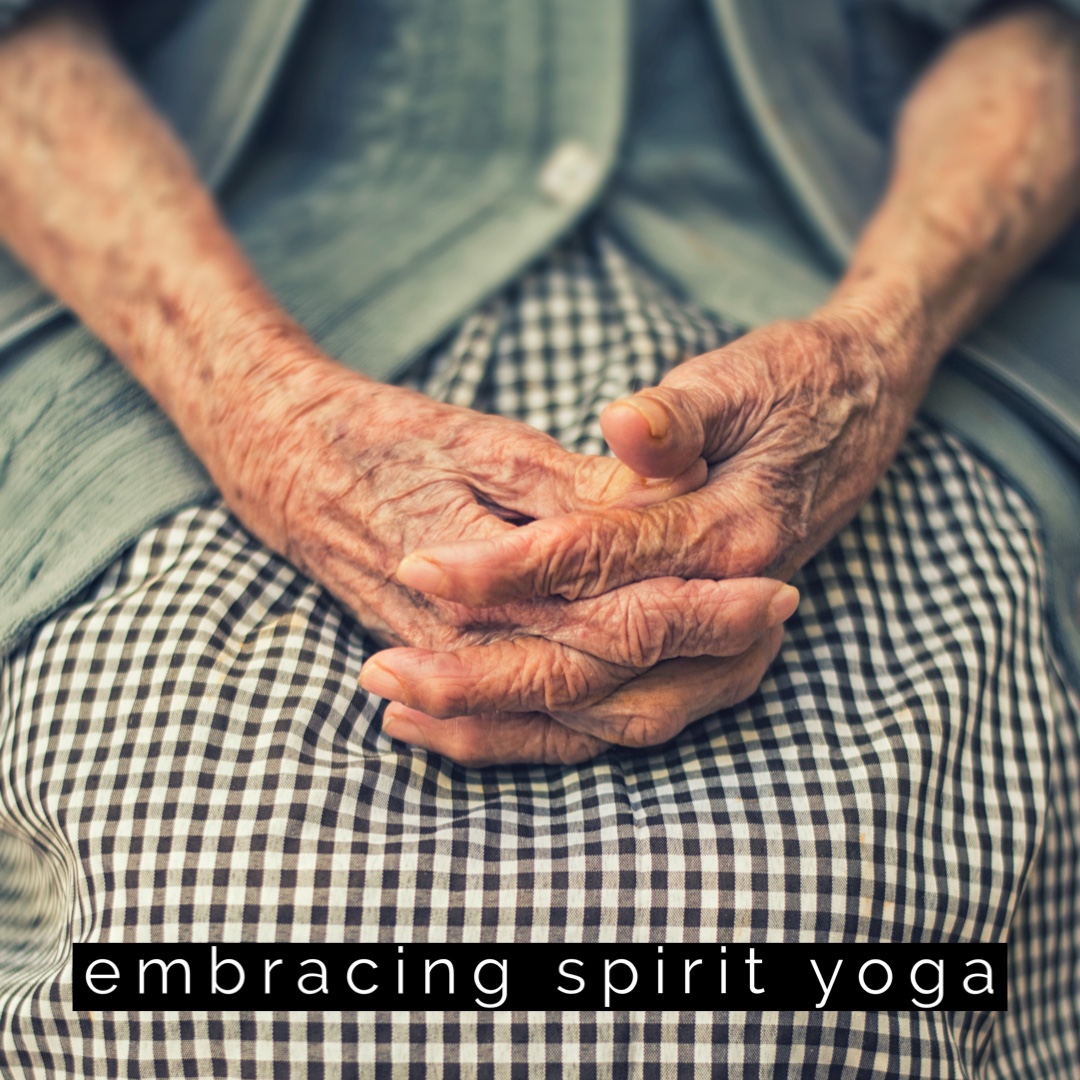A year or so ago I reacted to the frustration I feel at times for the yoga culture we have seemed to create in the western world. I opened my mouth in a fit of grievance and spoke truthfully about this publicly. Some heard it with curiosity and grace, while others were dismayed at my seemingly arrogant stance on this.
In our western yoga culture there seem to be so much focus on the physical body, and it’s honestly so disheartening, especially since Yoga teacher trainings capture the philosophy and other aspects of Yoga over the course of the 200 or 300 hours of learning. At least they should.
Let me be clear, of course the sensations we feel while putting our body into a certain shape can be a stepping stone for awareness and so much more, BUT it is also so overly misguided and misunderstood that I find myself saddened that so many people are not having the access to the deep philosophy and way of being that the practice offers.
I am in a variety of social media forums for Yoga teachers and every single day there are questions on how to build a sequence, or how to create a “peak pose”, or how to teach an arm balance that is probably obtainable to 3% of the population. Why??
Let’s back up to simply defining Yoga.
The word ‘Yoga’ is derived from the Sanskrit root ‘Yuj’, meaning ‘to join’ or ‘to yoke’ or ‘to unite’. As per Yogic scriptures the practice of Yoga leads to the union of individual consciousness with that of the Universal Consciousness, indicating a perfect harmony between the mind and body.
Yoga is also a balanced state of the body and mind. Yoga is a balanced state of emotions. Yoga is a balanced state of thoughts and intellect. Yoga is a balanced state of behavior.
That is not touching your toes or being on the floor in contorted positions or standing on one leg.
Let me share with you the Yoga students I got to share Yoga with today and how they got to practice.
I entered into an assisted living setting to find a group of woman sitting in a living room. I scanned the area for what I was soon facing and “read the room” as we are trained to do.
Here is where the essence of Yoga was in this moment–I “united” with a woman suffering from confusing dementia and lack of word recall. She was agitated, angry, and utterly confused. I was able to get her to sit back down as I gently held her hands. I moved her arms in circles and gently pulled her into a soft forward bend. I rubbed her feet with lavender as I responded to every single irrational statement that she made that was her reality. I asked her questions about the incoherent story she was living and sharing with me. I heard her.
Within a few moments of receiving the lavender foot rub, her language became less erratic and she relaxed into her easy chair.
Was that considered Yoga? Was she experiencing a balanced state of emotions? Absolutely.
A lovely woman who was sitting across the room in a catatonic state, quietly asked for some of the “stuff that smelled good.”. A few minutes of a loving hand massage and she too softened into herself.
Was that considered Yoga? Was she experiencing a balanced state of thought? Absolutely.
As a Yoga teacher of 16+ years I am still astounded that our world doesn’t see that moments like this IS Yoga. It IS human connection. It IS a desire to help people experience balance of mind and emotions. It IS a desperate attempt to bring unity to their spirits.
I could care less about a sequence or a peak pose.
Perhaps that is why it has been impossible to find a Yoga teacher willing to get out of their physically focused way and truly share the entire essence Yoga, from the heart. This is about the greater good and a selfless offering that changes the lives of those in their final chapter of life. Some perhaps, in their final pages.
If I sound bitter and frustrated, I am. All I can do with this is walk it off, know that I served well today and the right person will come into my life to share this with.

Follow me for more goodness!


